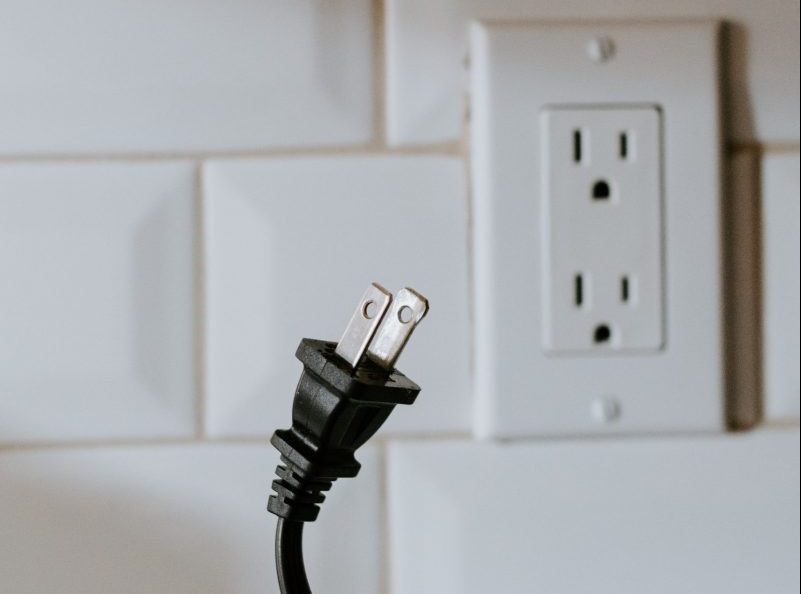Over the past year, maintaining a work–life balance has been a recurring topic of discussion worldwide. The number of individuals who have experienced extreme feelings of burnout has increased exponentially. Balancing work and your personal life may have never been tougher; however, there are some simple steps you can take to create a better work–life balance to feel happier and more fulfilled.
Set your priorities: This is simple: You will make time for what you want to make time for. You need to take time for introspection and self-reflection to build a hierarchy of priorities. This may be in the form of a written list or a note on the notepad app on your phone—whatever is easiest and most convenient for you to reference when you aren’t sure what you should do with a block of time. If you rank spending time with family above certain other tasks, make sure you stay true to your priorities because, at the end of the day, you want to feel you spent your time on the things that matter most in your life, bringing you the most joy.
Schedule your calendar: This next tip directly correlates with the first step of setting priorities. Once you have your list of priorities, you need to protect that time you have allotted to each one. Inevitably, there will be a week where work encroaches onto other priority times, which is why it’s important to rank them. The ones at the bottom of the list may need to be skipped here and there, and sometimes there’s nothing that can be done about it. For the higher priority items on your list, make sure you block it out on your calendar. This way, there is less of a chance that someone schedules a client meeting or calls you up out of the blue with a request. If you want to be healthy and take a lunchtime walk, you may need to put a block for “lunch” in your calendar. If that’s what it takes, do it—you’ll be glad you did.
Establish boundaries: Once you’ve prioritized and scheduled everything on your calendar, here comes the hard part: sticking to it. You must establish clear boundaries with your colleagues and clients about when you are available. When you sign off the day or return home from the office, will you occasionally check emails or texts throughout the evening? Or will you take that time to focus solely on your family or loved ones? This is an important piece because if you don’t respect your own priorities, no one else will either. Politely communicate to people when you are unavailable and ask that they respect your personal time. In the case of a true work emergency, make clear which form of communication is the best way to reach you. If you have asked colleagues not to call after dinner, when you see a colleague calling at 8 p.m., you’ll know it is important and will deal with the urgent matter. But you won’t hear the ding of every work email late into the evening and wonder if you need to resume working, because you have established clear boundaries.
Take care of yourself physically and mentally: These tips and tricks don’t mean anything if you don’t pay attention to what your body and mind are telling you. A healthy work–life balance should equate to a healthy and happy individual. Make sure you are taking occasional breaks from your work to stretch, eat healthy snacks, and go outside for some fresh air. Numerous studies show doing these activities reset your brain and help make your mind sharper, so allow yourself mental breaks. Additionally, plan vacation time months in advance, otherwise, something will always come up that makes it seem like you can’t get away. But if it’s been on your calendar, you will feel more protective and invested in that planned time off—and ultimately stick to your plan to take some much-needed time off to recharge and reconnect with family and friends.
Achieving a perfect work–life balance is impossible but achieving a work–life balance that works for you is possible—you just need to use a strategy and a schedule that aligns with your priorities to create the balance.

